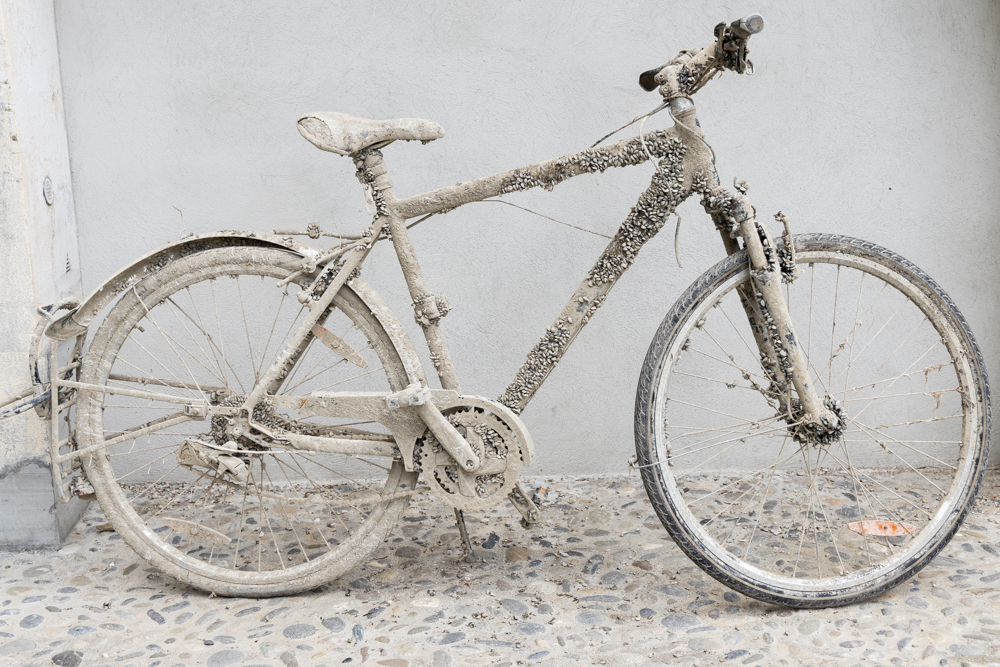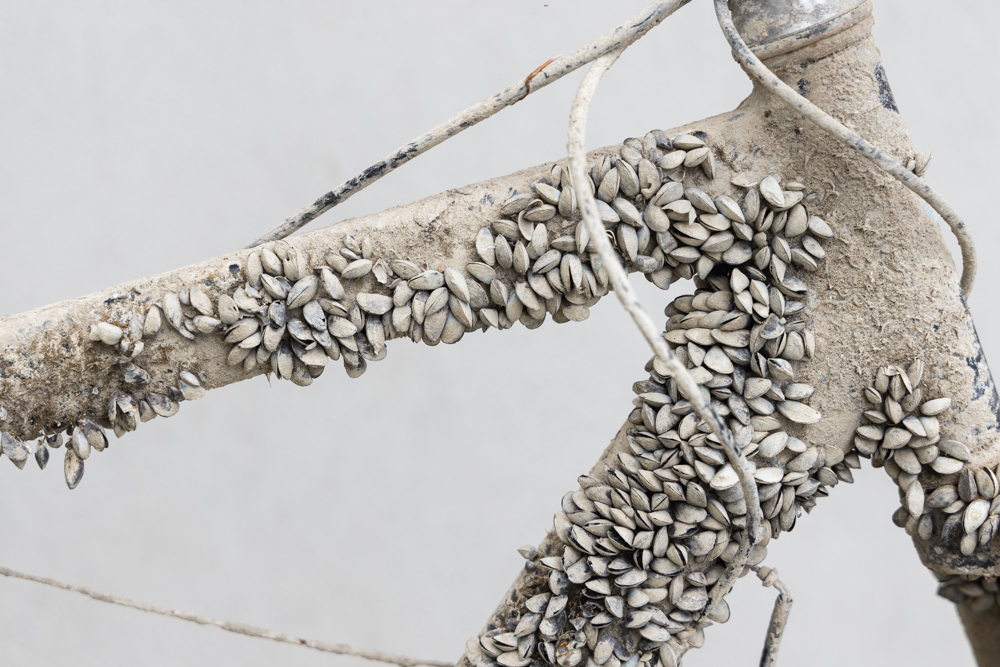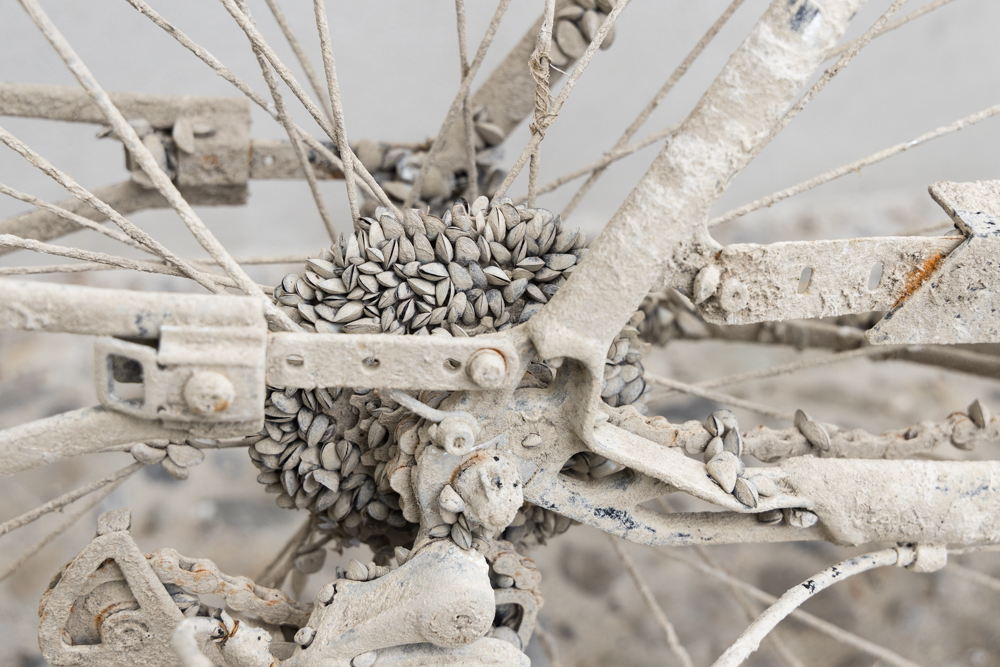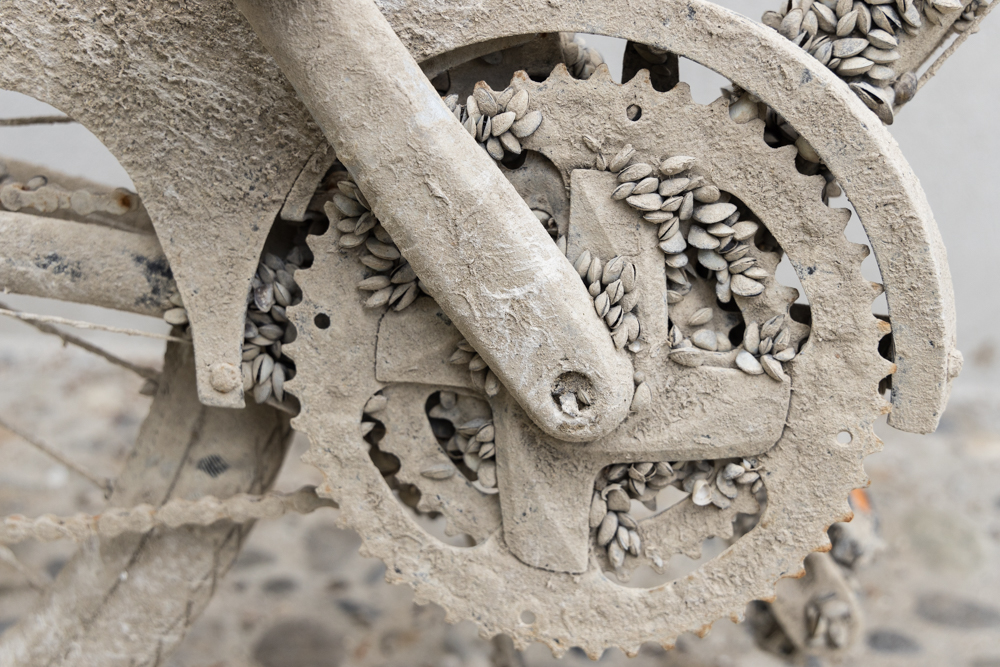Geneva, 27 June, 2021
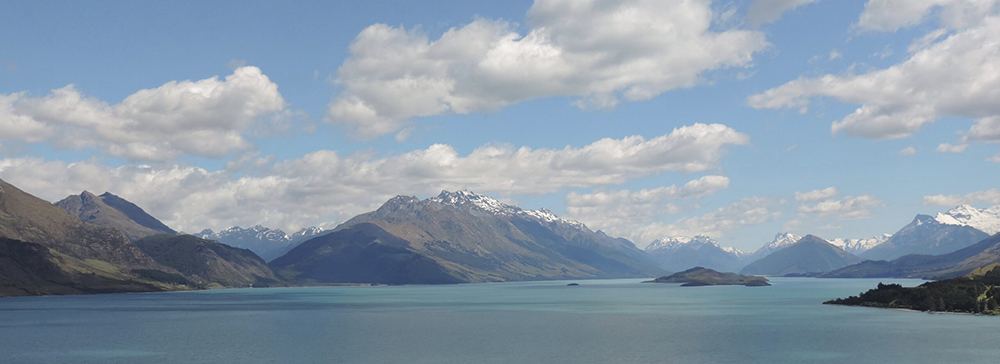
New Zealand, the brightest beacon of covid-correctness, is sitting smugly in its own unique elysian isolation. The Land of the Long White Cloud is, according to friends there, going through a process of rediscovery. Those happy-go-lucky kiwis are finding places and community as they were before being swamped by hoards of inconsiderate overseas tourists (like me.) Life, it seems, is just a box of fluffy ducks. And there is good news elsewhere. Despite disruption of their formal education, children are reading more books as a result of the lockdowns. The property market is booming in many countries as those who can tele-work re-assess the necessity of living close to urban centres. Outdoor pursuits such as cycling see an unprecedented hike in popularity. E-meeting systems – through their quality and people’s increasing familiarity with them – are becoming accepted as the norm. I met a cosmetic surgeon who claims to be in the pink thanks to the pandemic. He says people are so horrified by confronting their own image on zoom all day and every day that they want just a little teeny-weeny botox injection.
And how time flies! It is nearly eighteen months since the disappearance of jet streams from the skies over Geneva and the appearance of supermarket trolleys piled high with toilet paper. Little by little we have become accustomed to life in the era of COVID-19. And what’s more, it is now clear that this is something that is with us for good. We just have to work out how best to live with interim measures involving masks, hand sanitisers, social distancing (there’s a phrase we hadn’t heard before March 2020!) and travel restrictions. Meantime, we await the ultimate means to control the virus’s impact; that is, a sufficient proportion of the human population being immune to serious COVID-19 infections through vaccination.
But then, as has become apparent, it’s not so simple. A year ago, we believed the roll out of an effective vaccination programme would simply clear up the aftermath of the pandemic (or first) wave and prevent a second wave. Last December, we had the welcome news that an effective vaccine would be available in 2021. This news coincided with the reality that a second wave was already under way in many countries. Little did we know that the virus would show its true colours and keep many steps ahead of us by generating even more transmissible versions of itself that show no respect for national boundaries. The foreseen roll out of vaccination campaigns has turned into a desperate race to keep up with the new variants; the big fear being one such will pop up that is vaccine resistant. On a global scale, inequitable access to vaccines, testing protocols and global travel restrictions including mandatory quarantine have become, predictably, major political issues.
A conversation after a round of golf. Me: “Have you had your vaccinations yet?” Golfer1 (articulate, educated, businessperson): “No, I don’t trust them.” Me: “Who don’t you trust?” Golfer1 “The World Health Organisation.” Me: “Why don’t you trust the WHO?” Golfer1 “They changed their definition of a flu pandemic in 2009. And their vaccines are dangerous.” Me: “Urrm… OK … but it’s your government that is running the vaccination programme… and all evidence points to the vaccines being safe.” Golfer1 considers this for a moment and lights up another cigarette. I wonder if I have at hand a copy of “Health for Dummies.” Golfer2 (health-care professional) joins the conversation: “I’m not going to get vaccinated. I’m waiting to see what happens.” Me: “What is it that might happen that you’re waiting to see?” Golfer2: “Oh, you know, side-effects. Case numbers. Things like that.” My mind boggled. My jaw-dropped. “Brace! Brace! Brace!” screamed a voice in my head.

As I write, news comes in of booming case numbers and overloaded health facilities in St Petersburg, Russia. This coincides with – and may be linked to – that city hosting several of the European (Football) Championship matches. Sydney, Australia, is in lockdown again as a result of a spike in cases of the delta variant. And the Olympic Games in Japan are just weeks away. Current case numbers there are higher than the peak of the first wave. This does not look good.
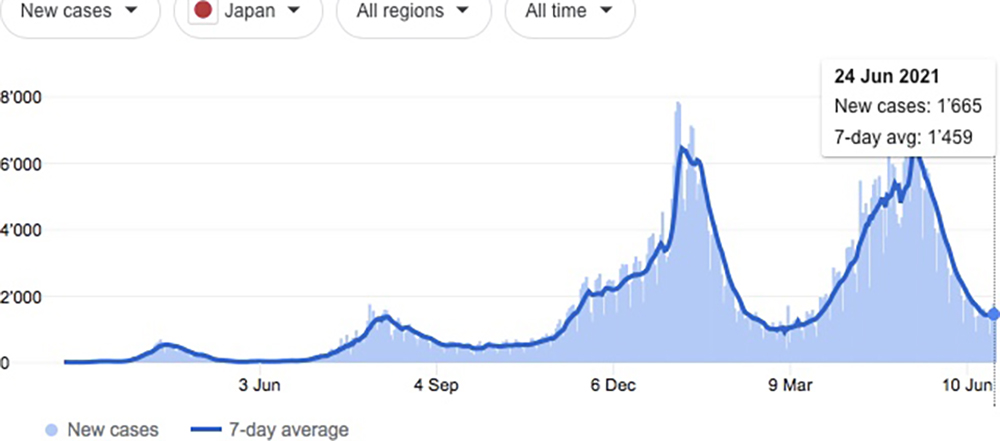
Concerns about the global economic impact of the pandemic seem to be bubbling away on a back burner; at least for the time being. I haven’t come across any credible predictions about how this is going to play out in the months and years ahead. Having said that, there is evidence of strong undercurrents in the great money ocean. Perceptions of the Swiss Franc as a financial safe-haven in global hard times have forced Swiss banks to bring in negative interest rates. Yes, negative interest!! This is to deter people simply loading up their Swiss accounts. My bank announced a couple of weeks ago that savings would be charged 0.75% per annum. Conversely, if I were to take out a mortgage with them, I would benefit from a negative interest rate meaning that I would ultimately pay back less than I borrowed. The world of high finance slips even further from my comprehension.
I’ve had my two vaccinations. Case numbers here in Switzerland are dropping dramatically. This will be the last of these chronicles….. unless, for whatever reason, we go back into full lockdown.

